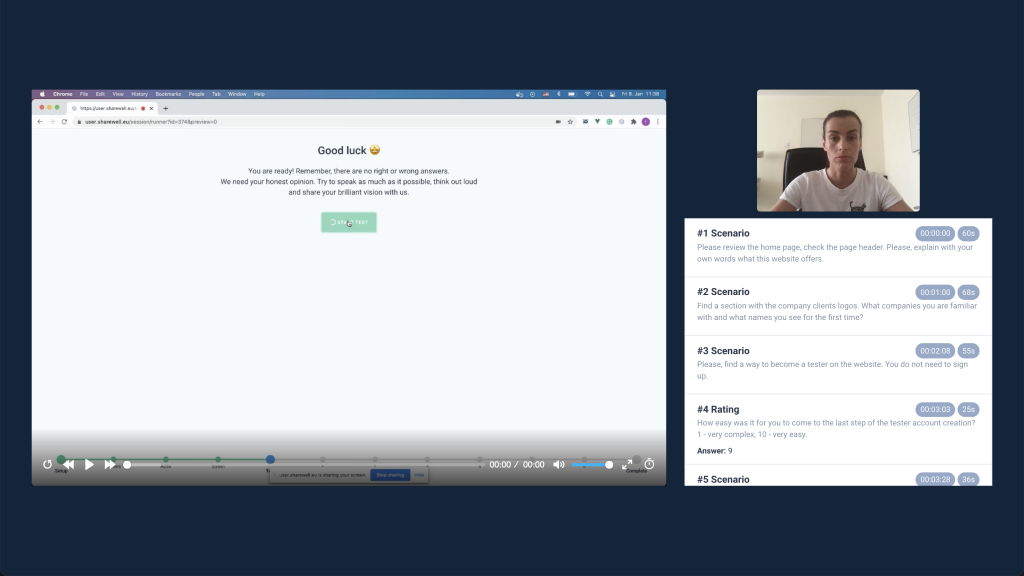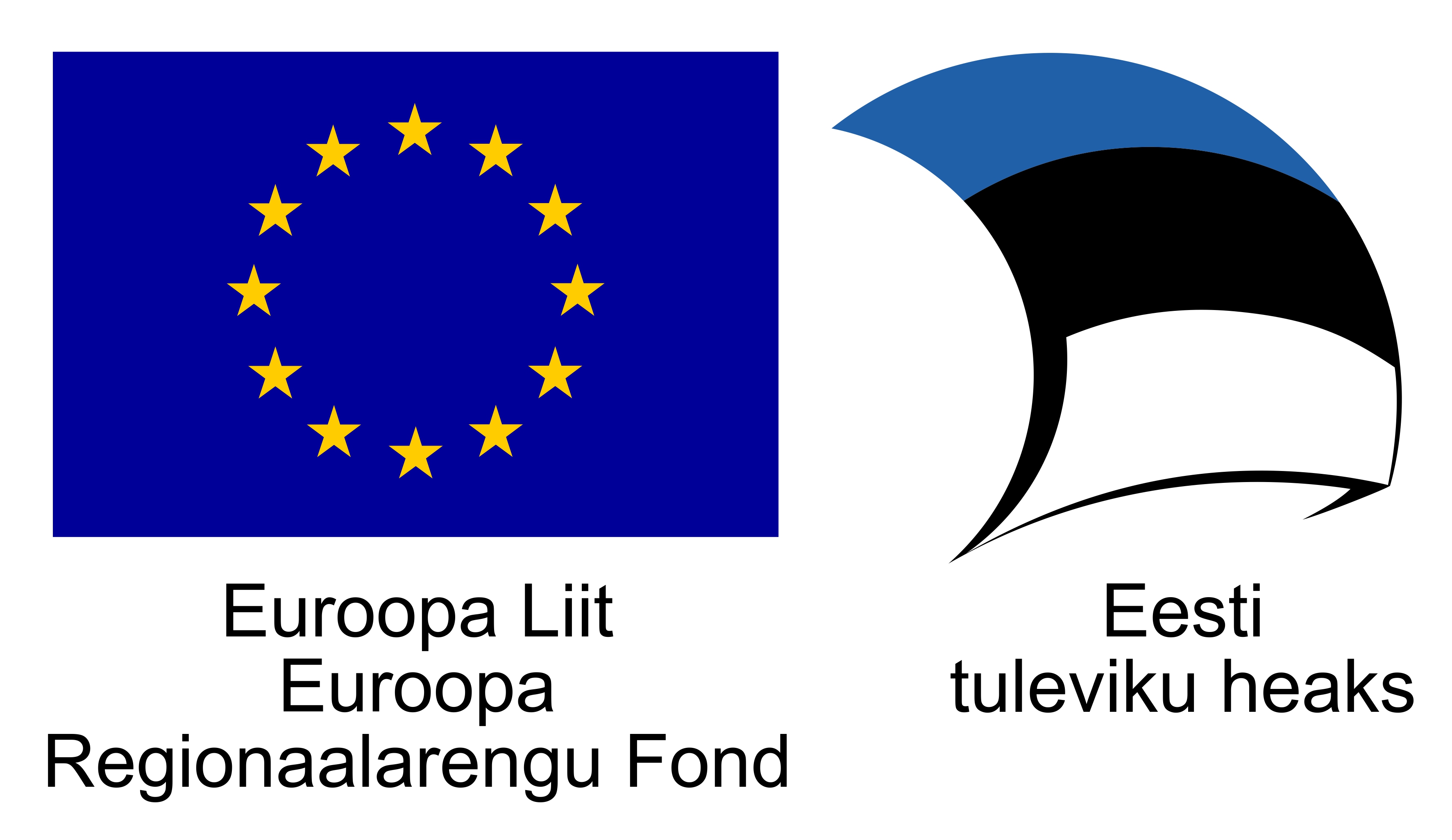Best source of product feedback: your customers

The greatest source of product feedback is not hidden; it is closer to you than you imagine. You’re thinking about improvements if you’re looking for feedback, right? Customer research is essential if you want to improve. Understanding your existing customers and how they make decisions is key to attracting new ones.
On top of finding the product fit, customer insights lead to improved products. And your customers are the best source for Discovering why your customers chose you or if there are any gaps in your messaging, can root out any frictions in your product.
Problems require solutions, and businesses need to map out both. But there exists a gap between what kind of information businesses use to make a products or design solutions.
Businesses tend to rely heavily on their own experiences and assumptions. Customer experiences and feedback is often left out of the process. Consumer research is not taken into account.
New products and features tend to fail this way because there are no consumer insights to back these decisions.
Instead, companies will start getting feedback after launch. This is too late because existing customers might become frustrated. After all, the product is not usable or find creative ways to work around any friction.
This can also lead to more drop-offs and lower conversion rates. Months of development are concluded with fixing errors while paying customers are troubled by user errors and obstacles.
Fixing errors after launching a product can be 100 times more costly than doing so during development. Redesigning to fix usability errors after launch will absorb much of your precious development resources, especially when you’re on a time crunch.
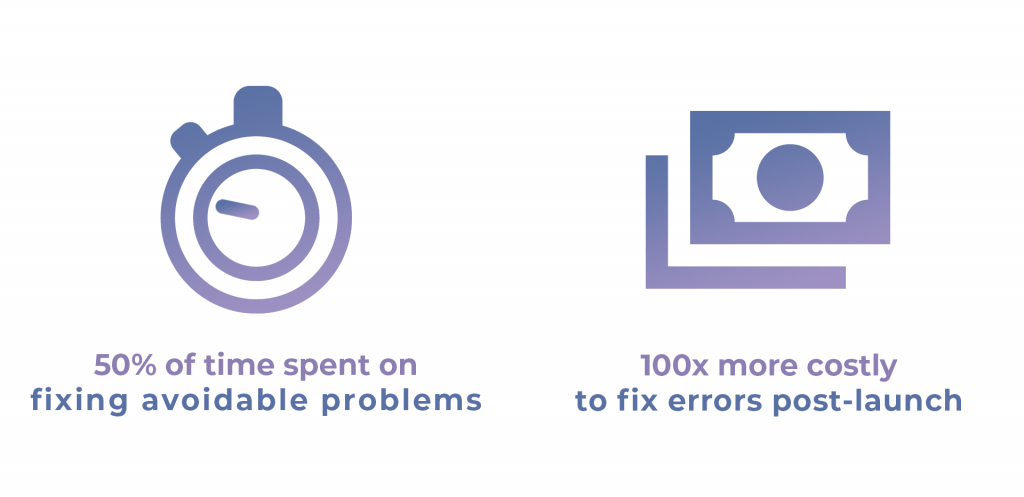
This can sometimes be more costly if the whole product needs redesigning. Businesses lose customers and have to start attracting them back to the website, especially when they remember that the site used to be unusable.
The gap could be avoided by gathering feedback from your customers as early as possible. Even when launching a new product, you could find matching participants from your target audience and understand their day-to-day. Instead of gambling with your assumptions, you’re making data-driven decisions.
We’re not saying that assumptions are that bad, but they’re only great if they’re validated.
The best way to gather this feedback is to conduct short studies. These could be market surveys, usability tests, or customer interviews.
There are many research tools, so let’s take a look at how you can utilize them to gather insights.
Understanding customer behavior
Different analytics tools (Google Analytics, for example) have become a standard in marketing research processes. Everybody tracks what their users do and see how popular are different products or features.
We are seeing the results of “what” and “how” of user actions can be achieved with analytics tools, but getting the answer to “why” is not that easy.
Why are people not using our search bar to find products? In this case, you have already identified a problem with one of your features but have no information why it is so.
Asking directly from your users or seeing how they use your website can provide you with an answer.
Another aspect of tracking users and gathering website data is that you can’t be sure how customers made their way to your website and decided to choose your product over others.
Acquisition data may show you the channels they came from, but how many competitors’ sites did they visit beforehand. What kind of research did they do when deciding? What was their intent?
Understanding these behaviors on top of who your users are can help you cater a better product to future customers as well. You want to remove any friction users may encounter when first visiting your site.
Is your messaging understandable, and can people use your website?
Record a few unmoderated tests and ask the participants if they still have questions after reading through your offer.
A lot can be discovered by hearing what users have to say. They share thoughts and ideas about the product and often even offer solutions to the problems they encounter.
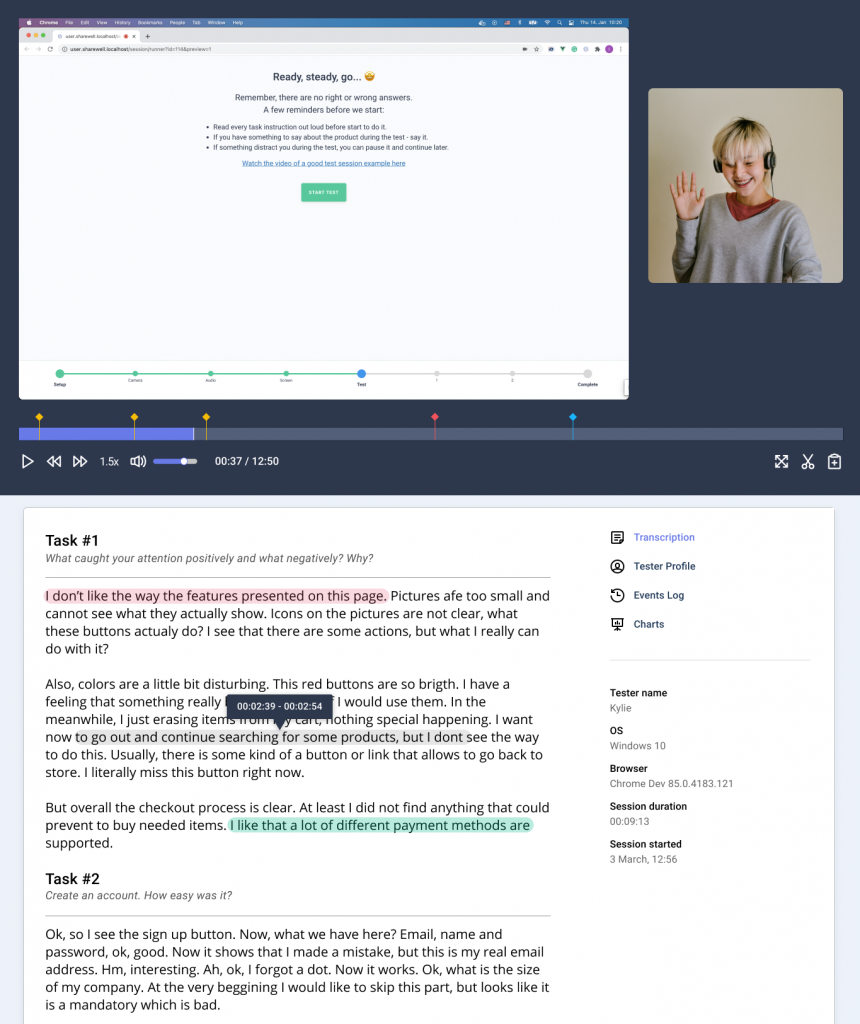
In the Autumn of 2020, we set up a few usability tests for Estonian banking websites. In one of these tests, we received a comment that the asterisked benefits of different banking services were unclear. One user suggested that a link to more information about these asterisked benefits could have been beneficial, as they had trouble finding the information on their own.
This is a signal that there might be an issue for not only one user but others as well.
Whether you’re a marketer, UX researcher, or product owner, you want to document these insights easily. Setting up a Zoom meeting, and screen recording the participant can be a hassle.
Thanks to modern feedback tools, most platforms make this easy to do. Session results come with HD video recordings; you can add notes and even get a transcription of what the participants said during the test.
Webcam feeds can also be helpful for researchers, as they can pick up non-verbal cues from the participant and see how they reacted to different tasks or features during the study.
Observing customers perform tasks (finding specific products and adding them to the cart) is best achieved with unmoderated tests. They are great for feedback, but they do lack the luxury of follow-up questions.
Live interviews, on the other hand, have this luxury, but they can take more time to plan and schedule.
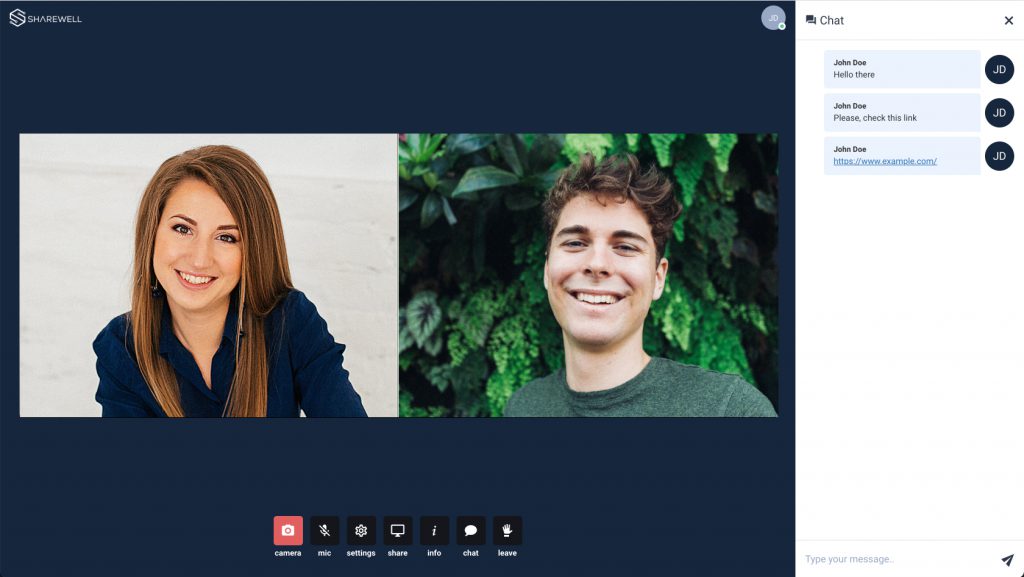
There are pros and cons to both methods. Both of these methods aim to gather insights from users and learn more about their behavior.
On top of researching your audience, you can also validate your existing website to see if it is, in fact usable, and users can understand the message you’re trying to convey.
Let’s take a look at how validating websites works.
Validating website design decisions
Websites are optimized to fulfill one part of the sales funnel. Whether it’s sign-ups, leads, or sales, your website has been built with a goal.
Updating your site is quite common as well. New features, offers, or functions are regularly added, but this is often done only based on the assumptions of the team. It might seem like the company itself knows what works best and what doesn’t.
This is only the case if you validate your hunches before launch. Assumptions can carry on to be successful without validating, but it is still a gamble without proper research.
E-commerce websites deal with these problems daily. The check-out process seems to be functional, and you can clearly use it. But new users have no prior experience.
There’s friction, and they decide not to buy at all. Asking your potential customers to complete a mock purchase can reveal to you how users visited the site, added items to the cart but why they didn’t finalize the purchase. You discover the friction and can now work on removing it.
Setting this problem up as a task and asking as few as 5 people to participate can uncover many usability errors in your design.
You’re also recording the sessions, so you can take them apart piece by piece: where did participants click, what kind of emotions did they convey, etc. Recordings can show you issues like long checkout processes, obstacles when completing the purchases, or faulty functions.
Another aspect to keep in mind is that most frustrated customers don’t complain. They just leave the site and even tell about their bad experiences to friends and family, who in return might develop biases, and you might lose potential customers.
This situation could be avoided before launching a new feature, product, or offer.
Test it out and see what a few customers have to say.
Usability tests reveal if customers can use the website as intended, complete actions, and use all of your features and functions without hiccups.
Usability tests are not only for UX researchers; marketers can also benefit by seeing what users are doing on their existing site.
Additionally, buyer personas are useful sources of information when setting up customer studies or using other marketing research tools.
Using buyer personas in customer studies
Asking for any feedback is better than asking for none. It’s also essential to find the right target audience for your research goal.
You don’t want to ask for feedback from hairdressers if you’re operating a landing page for your excavator business.
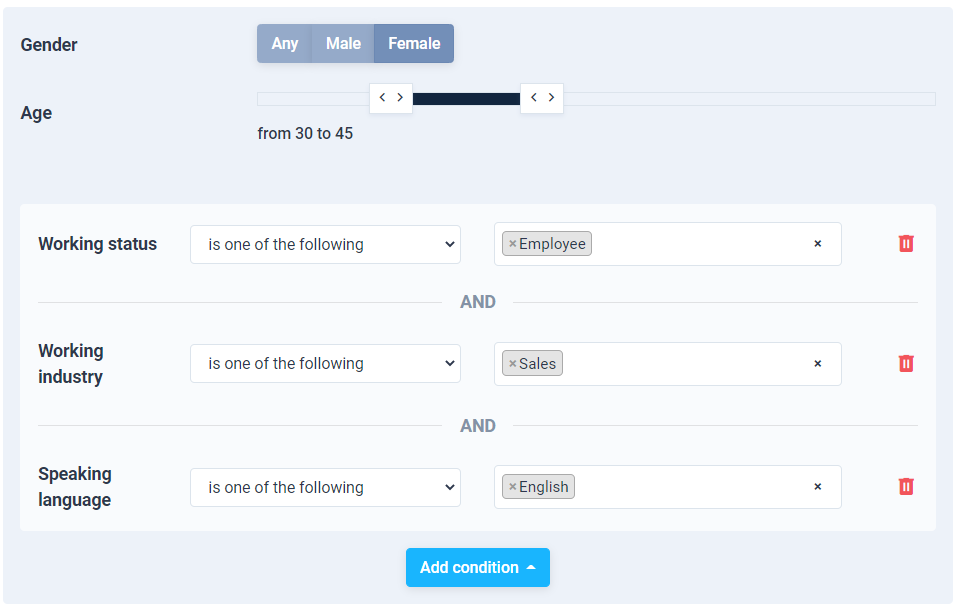
Matching the product with the right target audience is important. That’s the feedback that counts and ultimately helps you develop not only a better website but also a better customer experience towards that audience.
Different audiences also have different behaviors, even when they differ only by location. The way they find information and make decisions can be very different.
Their needs and wants might be contrasting as well.
Setting up buyer personas can help you here. Different demographic and behavioral criteria can find you the right participants in no time.
And screening lets you do further narrowing as well to get the most out of your brand insights.
For example, we created a buyer persona for users who are looking for different financial business services. We then found suitable participants for our study and let them use different websites.
Lingvist has also created customer studies with complex personas based on audience behaviors and backgrounds.
Every audience is unique, and your website has to take that into consideration. Remember, your website has to be both usable and understandable across all audiences you are catering to.

Starting off with customer research
Customer research should be done as early as possible.
By researching your target market, you gain insights into their needs, wants, and beliefs – this is essential information if you want to create a user-centered product.
Early studies can avoid any unnecessary costs later, something that is quite common when making design decisions without any research to back up those claims.
Research starts with a goal. What are the problems I am facing? Setting up a research goal based on what you know and don’t know can set a great starting off point.
From there on, selecting a method will be easy. And you probably have a target audience in mind as well.
We’ve already got all the tools you need. From finding suitable study participants to recorded sessions and automatic transcriptions, Sharewell is here to help make gathering insights easy and quick.

